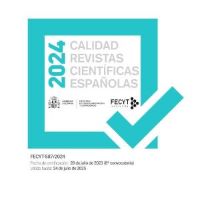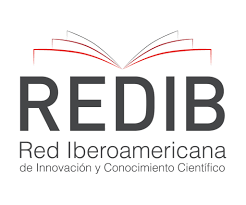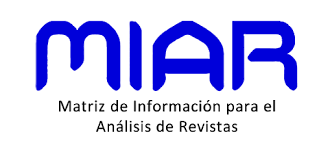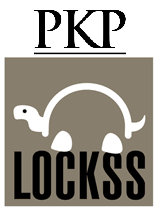THE CASE OF EMPRESS EUGENIE
DOI:
https://doi.org/10.51743/cih.102Keywords:
Napoleon III, Eugenia María de MontijoAbstract
For some time, Napoleon III had been seeking to contract a marriage in order to perpetuate the dynasty. On January 29, 1853, he married Eugénie-Marie de Montijo, Countess of Teba, a Spanish aristocrat perfectly integrated into the good Parisian society. On this occasion, the emperor wishes, like his relative Na-poléon Bonaparte, to surround the imperial office with a certain luster. In this perspective, but also because it is a marriage of love, it is particularly generous
Downloads
Global Statistics ℹ️
|
336
Views
|
748
Downloads
|
|
1084
Total
|
|
References
Bernard. MOREL, Les Joyaux de la Couronne de France, Anvers, 1988, p. 339.
Brillante Europe, Cat. Exp., ING, Bruxelles, 2007, pp.39-40.
Bernard MOREL, Les Joyaux de la Couronne de France, Anvers, 1988, p. 353.
Bernard MOREL, Les Joyaux de la Couronne, Anvers, 1988, p. 339.
Mellerio. Le joaillier du Second Empire, Paris, 2016, pp. 34-35 et pp. 70-74.
Catalogue de la vente, Christie’s, London, 24 June 1872.
Bernard MOREL, Les Joyaux de la Couronne, Anvers, 1988, p. 342.
L’art en France sous le Second Empire, Cat. d’Exp., Grand Palais, 1979 9 Bernard MOREL, Les Joyaux de la Couronne, Anvers, 1988, p. 345.
Princesse de METTERNICH, Souvenirs 1859-1871, « Je ne suis pas jolie, je suis pire », Paris, 2012, pp. 184-185.
Downloads
Published
How to Cite
Issue
Section
License
The Fundación Universitaria Española publishing house preserves the patrimonial rights (copyright) of published works, and encourages and allows their reuse. The works are published in the electronic edition of the journal under a license “Creative Commons Atribución/Reconocimiento-NoComercial 4.0 Licencia Pública Internacional — CC BY-NC 4.0”, and can be copied, used, disseminated, transmitted and publicly exhibited, provided that : a) the authorship and original source of its publication is cited (journal, publisher and URL of the work); b) are not used for commercial purposes; c) the existence and specifications of this license of use are mentioned.
The author / s partially transfer the property rights (copyright) of this work to the Fundación Universitaria Española (Spain) (NIF: G28433670), for the printed and online editions.
It also declares to have respected the ethical principles of research and to be free from any conflict of interest.
«C.I.H.» encourages the authors and the scientific community to the maximum promotion and dissemination of the works in their final version through:
1) Your list of contacts (emails) and social networks (Facebook, Twitter, LinkedIn ...).
2) Institutional repository of your University and public repositories (Mendeley, Cosis ...).
3) Scientific social networks (ResearchGate, Academia.edu, Kudos ...).
4) Personal or institutional website, blog, etc.
5) Google Scholar, ORCID, ResearchID, ScopusID, Dimensions, PlumX ...
6) Printed copies purchased directly and sent to specialists for reading and subsequent citation if appropriate.
For the nomination of future articles by authors of "C.I.H.", the impact of previous works will be taken into account, so that those with citation higher than the annual average of the journal will be preferred.












2.jpg)
















1.png)
1.png)

1.png)


.png)
.png)

.png)
1.png)
1.png)
